The integration of the right technology can mean the difference between “just getting by” and “running full steam”, even while your team sleeps. One of the most compelling tools for enabling this shift is the strategic use of CRM and automation. By combining a robust CRM system with automation capabilities, businesses ensure leads are nurtured, opportunities are pursued, and sales keep moving; even overnight.
In this blog, we will walk you through how organisations, particularly in demanding industries. You can use the power of Customer Relationship Management System and automation to “sell while you sleep.” We will also show how if you are using a platform like Picky Assist, you can turbo-charge that effect.
Why “Selling While You Sleep” Isn’t a Myth?
Most businesses imagine sales as a round-the-clock human endeavour: phone calls, meetings at all hours, back-&-forth with prospects. But what if your systems handled much of the routine so your team wakes up to progress, not problems? That’s where CRM solution step in.
Consider these facts: when a lead is engaged within the first hour, the chance of conversion is significantly higher. With automation systems working 24/7, you could engage leads within minutes when your team is offline. According to one study, about 60% of customers say they expect a response within an hour. By setting up automated workflows, you meet that expectation even when reality says “we’re closed.”
When you pair a well-implemented CRM system with automation, you create a self-running pipeline:
- The CRM tracks leads, opportunities, interactions.
- Automation kicks in: emails, chat-bots, follow up reminders, scoring.
- Your team only needs to step in at key moments (e.g., negotiation, closing).
That’s what “selling while you sleep” really means: your sales engine never truly stops.
What Does Smart CRM & Automation Look Like in Practice?
Here’s how a business might apply a CRM solution and automation tools to achieve this:
1. Lead capture & scoring
A visitor to your website submits a form. Instantly, your CRM and sales automation kicks in: the data is logged, a lead score is assigned based on behaviour, and an initial welcome email is sent. That means while you’re asleep, one of the first touch-points is completed automatically. Over time studies show businesses that respond immediately are about 50% more likely to convert the lead.
2. Automated nurture campaigns
Leads who aren’t ready to buy yet are set into a nurture stream using CRM and marketing automation tools. Based on triggers, content downloaded, pages visited, contacts made, the system sends personalized messages, checks engagement, and raises flags when the lead is “warm”. Industry data suggests nurtured leads produce 23% more revenue on average.
3. Behaviour-based alerts to sales
When a lead takes a high-value action (e.g., requesting a demo), your Customer Relationship Management System sends a real-time alert to the sales team. Even though your full human-sales team may not be online, the system ensures no hot lead slips through the cracks overnight.
4. Closed-loop analytics and optimisation
Using your CRM and marketing automation platform, you track what’s working: which automated email had the highest click-through, which sequence led to meeting requests, what time-zones your leads are in. That data lets you optimize workflows, refine timing, and increase efficiency over time.
5. Integrations & workflow automation
Smart systems integrate with chat-bots, calendar scheduling, payment systems, and other apps. For example, if someone books a demonstration at 2 AM in a different time zone, the workflow can auto-schedule, send confirmation, queue up a reminder, and even send a “thank you” video. All with minimal human intervention. That’s full CRM and workflow automation at play.
The Competitive Edge for High-Demand Sectors
The market focused CRM is projected to grow significantly for any specific industry it applies.
For any providers, the stakes are high: patient follow-ups, appointment scheduling, medication reminders, patient-education outreach. A dedicated CRM for marketing automation can help send reminders, screen leads, engage them through their journey, and even measure outcomes.
By leveraging CRM solutions, organisations can:
- Automatically send appointment reminders and follow-up care instructions.
- Trigger outreach during miss visits or tests (reducing no-shows by as much as 30%).
- Provide personalised outreach (e.g., for chronic conditions) 24/7.
- Use analytics to identify engagement gaps and intervene proactively.
For any business using a platform like Picky Assist, which supports integration of chat-bots, messaging, and omni-channel automation, you can plug the CRM into the messaging workflows. For example: a patient submits a form on the website, the CRM logs it, Picky Assist sends an immediate chatbot message, schedules the next follow-up, and your team reviews the pipeline in the morning with curated leads. That’s truly selling / engaging while you sleep; and driving measurable business impact.
Real-World Metrics: What You Can Expect?
When you implement CRM and automation well, you can expect solid performance improvements. Here are two representative metrics (though your results will vary):
- Organisations report up to a 35% increase in sales conversion rates when using lead-scoring and automation integrations.
- Automated workflows reduce time-to-first-engagement from 24–48 hours to under one hour.
In specific cases, reducing manual scheduling and outreach tasks can free up to 40% of staff time (thus reallocating resources to higher-value care).
Your 5-Step Roadmap to Follow
- Define your process-map: Identify where delays happen today (lead capture, follow-up, appointment scheduling).
- Select the right tools: Choose a strong CRM software that supports automation (email, chat-bot integration, workflow triggers).
- Design your workflows: Map triggers → actions → follow-ups. For example: lead fills form → send welcome email → if no response in 24 h send reminder → flag for sales. That’s the heart of CRM and automation tools in action.
- Integrate with Picky Assist (or similar): Connect your CRM to messaging channels, chat-bots, mobile-app notifications, ensuring your engagement spans time-zones and outside business hours.
- Monitor & optimise: Use your CRM analytics to identify drop-off points, test different automated flows, and optimise timing. This is where your marketing automation platforms pay off in compounding results.
Make Your CRM the Engine That Works Overnight
In a world where attention spans shrink and buyers expect near-instant interaction, relying solely on human-driven sales and marketing just doesn’t cut it. With a smart CRM solution and full CRM and automation, your business builds a self-driving engine: it captures leads, engages them, nurtures them, and alerts your team when human intervention is needed while you sleep.
And when you pair this with platforms like Picky Assist, you extend that engine into chat-bots, messaging, time-zone bridging, and truly automated engagement.
For businesses operating in complex sectors or any industry with high-touch processes, the benefit is even greater: better patient or client engagement, fewer no-shows, faster response times, and superior outcomes. The numbers back it. The tech is accessible. The barrier to entry is lower than ever.
If you’re ready to stop leaving leads unattended at night, to wake up to progress rather than problems, then investing in full-scale CRM and automation is your pathway. Let your systems sell while you sleep, so you’re awake for the next big move.
FAQs on CRM and Automation
1. What is CRM automation?
CRM automation refers to the process of using your CRM system to automatically execute repetitive tasks, trigger actions based on predefined rules, and manage workflows without human intervention. This can include sending emails, scoring leads, scheduling follow-ups, or updating records based on user behaviour.
2. What is a CRM automation specialist?
A CRM automation specialist is a professional responsible for designing, implementing, and managing the automated workflows within a CRM and automation environment. They evaluate business processes, map automation opportunities, set up triggers and actions in the CRM and integrate different platforms (like chat-bots or marketing systems).
3. Is CRM and sales automation different from CRM and marketing automation?
Yes, though they overlap. CRM and marketing automation focuses on lead nurture, content outreach, segmentation, and campaign triggers. CRM and sales automation refers to streamlining the sales process: when a lead is ready to buy, workflows trigger internal notifications, proposals, contracts, and hand-offs. Both are integral parts of a full CRM and automation tools ecosystem.
4. How does automation in CRM benefit small businesses?
Small and medium-sized businesses benefit immensely. Automation in CRM lets them compete with larger teams by ensuring no lead is left unattended, follow-ups happen promptly, and insights from data are captured consistently. Even if staff are offline, the system keeps engagement alive.
5. What is a CRM and marketing automation manager?
A CRM and marketing automation manager is a role that oversees the end-to-end lead-to-customer journey in the CRM. They coordinate campaigns, set up automated workflows, monitor performance, refine segmentation, and ensure the system is aligned with business goals.

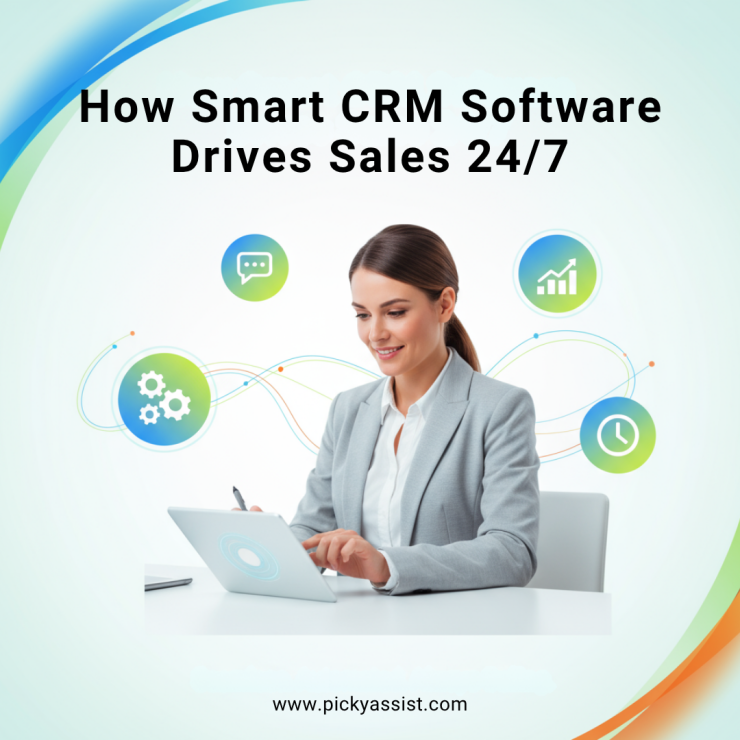
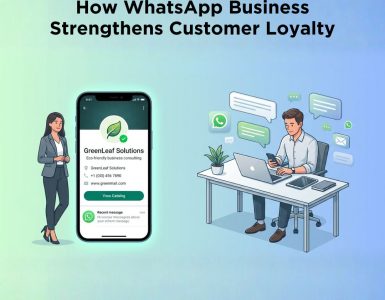
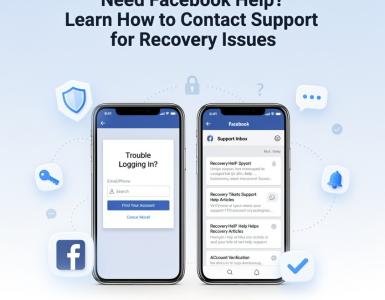

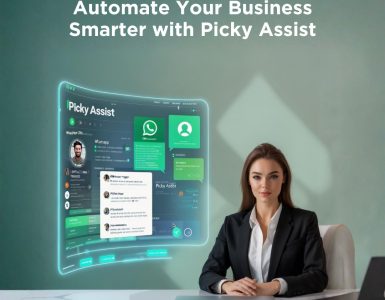
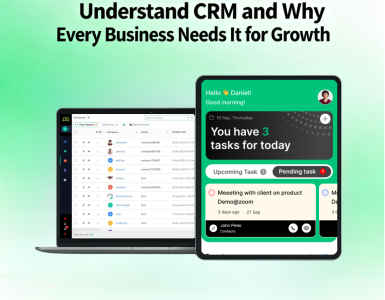
Add comment